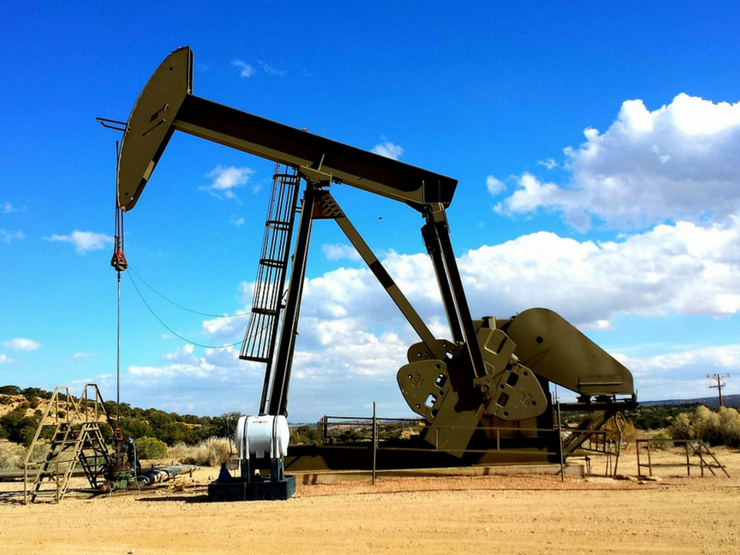The NAB Consumer Stress Index has eased to a 2-year low and marks its 50th iteration.


Insight
Stability in financial markets over 2017 and early 2018 came to abrupt end in recent weeks, with a surge in market volatility and big falls in equity markets and prices for many commodities.

For more information please refer to the attached report:
© National Australia Bank Limited. ABN 12 004 044 937 AFSL and Australian Credit Licence 230686.